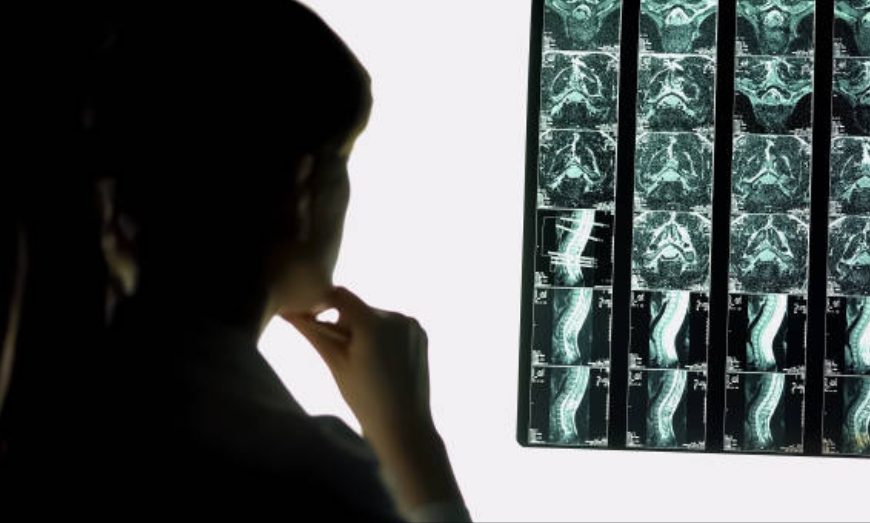Upper Limb Tension Test 3
Upper Limb Tension (neurodynamic) Test 3 – Ulnar Nerve and C8, T1 Nerve Root Bias Purpose of Upper Limb Tension Test 3: To determine if the tension along the ulnar nerve and C8, T1 nerve roots contribute to neurologic symptoms associated with cervical radiculopathy. Patient position: Supine lying. Examiner position: Standing beside the examination table, facing the patient, at the side of the limb to … Continue reading Upper Limb Tension Test 3
